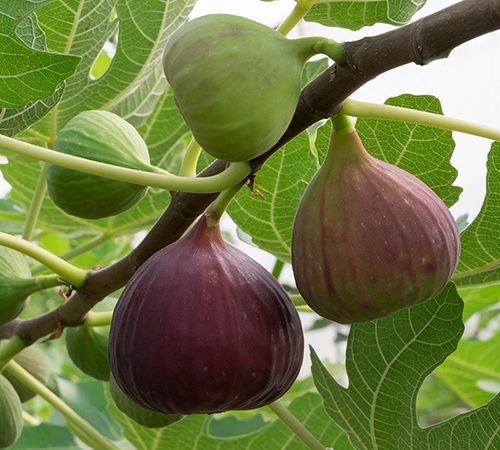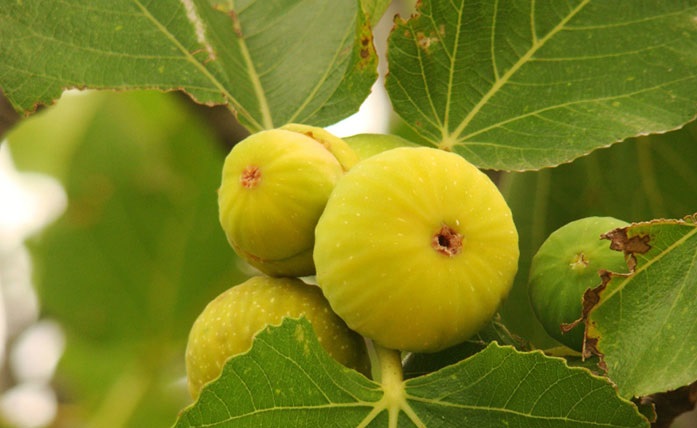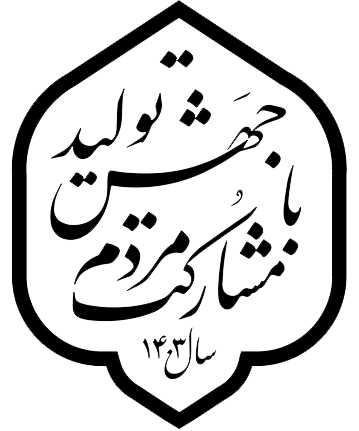
Introduction to fig fruit
Fig is one of the important economic products in Iran and in many other countries.
This horticultural crop has been cultivated over 380,000 hectares worldwide. About one million tons of figs are produced each year. The most important figs found in international markets are Iranian and Turkish varieties, such as Estahban dried figs,
Turkish black cadutas, and semi-moist Izmir figs, which due to the high quality of the fruit, it has high nutritional and economic value.
In Iran, various fig varieties in many provinces of the country have been cultivated at an area of about fifty thousand hectares, producing nearly 80,000 tons of productive orchards. Among different varieties of figs in Iran, dried figs (green figure of Estahban), onion figs of Saveh, black figs (Lorestan black). One of the major challenges in the fig gardens of the country is the existence of old, poorly functioning and poorly functioning gardens.
History of Fig
The fig tree is very old and has long been considered and has been mentioned in old testament works and books. Figs are said to have been cultivated in Egypt around 4,000 BC. There is evidence that figs were cultivated in Canaan in 3000 BC. In the Bible, the fig tree is mentioned as one of the fruits of the Garden of Paradise. One of the holy foods at the Jewish Passover was fig fruit. Figs in Greece have also been valuable for medicinal and edible purposes as a food source for winter
Constructing a fig garden: Location of the garden
Understanding the status of the area where the fig garden is being built is essential for the following:
Temperature: Fig is a subtropical fall tree that prefers mild winters and hot summers. High summer temperatures limit fig cultivation (Temperatures above 42 degrees Celsius affect the fruit and reduce crop quality). Figs are susceptible to cold in their youth. Young trees are damaged in the cold of -3 degrees Celsius in December and January and die at temperature below -9 degrees Celsius. The tree trunk withstands temperatures of -10 degrees Celsius and has the ability to grow again after injury.
Soil: Fig trees grow on a wide range of sandy clay soils with pH = 6.0-7.8.
Precipitation: Precipitation is ideal for cultivation of figs from 300 to 400 mm/year, and the idea state is to have appropriate distribution from December to May. Precipitation during pollination season (June, July) and harvest time is a harmful factor.
Humidity: Constructing figs garden should be avoided in areas with relative humidity above 40% and relative humidity in summer should be less than 35%. Increasing relative humidity at flowering and anthesis reduces pollination efficiency and consequently as a result, it reduces fruit formation and causes fungal diseases at the time of fruit ripening, including increased product contamination with aflatoxin.

Export status of fig over the past five years 2014-2018
|
Export value ( $1000) |
Weight (Ton) |
Year |
|
27632 |
11093 |
2014 |
|
26836 |
6967.2 |
2015 |
|
36063 |
8886.4 |
2016 |
|
31973 |
8453.2 |
2017 |
|
33612 |
13307 |
2018 |
|
Statistics of surface under fertile cultivation, production and global performance of fig fruit in 2016 |
|||
|
Performance (kg/ha) |
Fertile surface (ha) |
Rate of production (Ton) |
Year |
|
3405 |
308460 |
1050459 |
2016 |
|
Major producers of fig in the world in 2016 |
|
|
Country |
Production Rate (Ton) |
|
Turkey |
305450 |
|
Egypt |
167622 |
|
Morocco |
131798 |
|
Iran |
70178 |



